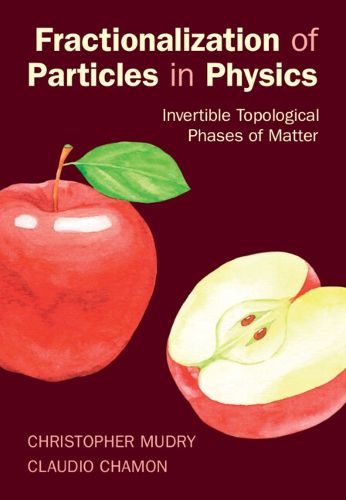Readings Newsletter
Become a Readings Member to make your shopping experience even easier.
Sign in or sign up for free!
You’re not far away from qualifying for FREE standard shipping within Australia
You’ve qualified for FREE standard shipping within Australia
The cart is loading…






This book explores the fractionalization of particles in physics, how interactions between individual particles and with their background can modify their fundamental quantum states. Covering a large breadth of topics with an example-driven approach, this comprehensive text explains why phases of matter must be described in terms of both symmetries and their topology. The majority of important results are derived in full with explanations provided, while exercises at the end of each section allow readers to extend and develop their understanding of key topics. The first part presents polyacetylene as the paradigmatic material in which electric charge can be fractionalized, while the second part introduces the notion of invertible topological phases of matter. The final part is devoted to the 'ten-fold way', a classification of topological insulators or superconductors. The text requires a solid understanding of quantum mechanics and is a valuable resource for graduate students and researchers in physics.
$9.00 standard shipping within Australia
FREE standard shipping within Australia for orders over $100.00
Express & International shipping calculated at checkout
This book explores the fractionalization of particles in physics, how interactions between individual particles and with their background can modify their fundamental quantum states. Covering a large breadth of topics with an example-driven approach, this comprehensive text explains why phases of matter must be described in terms of both symmetries and their topology. The majority of important results are derived in full with explanations provided, while exercises at the end of each section allow readers to extend and develop their understanding of key topics. The first part presents polyacetylene as the paradigmatic material in which electric charge can be fractionalized, while the second part introduces the notion of invertible topological phases of matter. The final part is devoted to the 'ten-fold way', a classification of topological insulators or superconductors. The text requires a solid understanding of quantum mechanics and is a valuable resource for graduate students and researchers in physics.